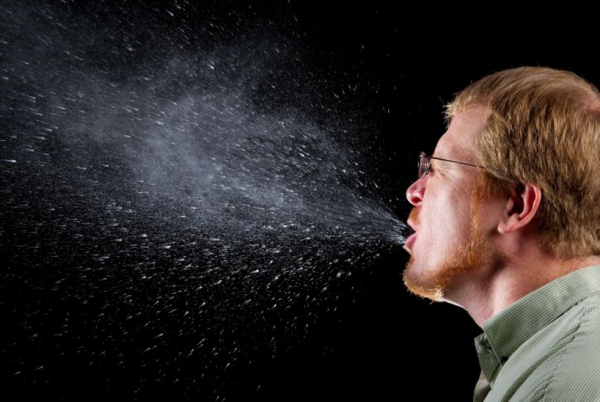
Tips To Choose A Baby Sitter Wisely
Working parents with infants and young children often need baby sitters at home. If the parents wants to spend a night outside home or during work hours where they cannot take children along with them hire baby sitters to be at home with their child/children. We often here stories and see videos how we cannot trust a stranger to be with our children. Even though the baby sitters claim to have qualification there are certain qualities a sitter should have. Attitude, patience, dealing with children in a pleasant manner and more importantly trust is important. If you are planning to hire a baby sitter then understand what you should know about a baby sitter and what qualities a baby sitter should have. It is also important to understand what are parents role and how equally they should be prepared and ready to leave child with a baby sitter.
What a qualification a Babysitter must have?
- Have legal eligibility for employment
- Have babysitting or child care experience
- Have a valid Driver’s License/ID and dependable transportation
- Have excellent communication skills
- Be 18 years of age or older
- Authorize a criminal background check
- Provide three references
- Be fun, energetic, creative, and patient
What you need to note?
- Check references
- Review the interview notes
- See how your kids react and communicate to new sitter
- Trial test how she was with your kids
- Get feedback from kids
- Write down negative and positive aspects of the person
- See your pets reactions!
If you are going out what you notes you need to leave for sitter?
Prepare a sheet of vital information for your sitter, and leave it in a convenient place such as directly over the telephone. The list should include:
- Your name, home address, and phone number. This may seem unnecessary but, in an emergency, sitters have been known to “blank out” while trying to give this critical information over the phone.
- The phone numbers of your doctor, the police department, and the fire department.
- The name, address, and phone number where you can be reached.
- The name and phone number of nearby neighbors to be contacted in an emergency. Take prior permission from your neighbor.
- As a back-up, the phone number and name of a relative or close friend.
- The time you expect to return. If there is any change in plans, and you find you are going to be late, be sure to let the sitter know. There may be people she will need to notify so they won’t worry about her.
Family policies:
Prepare a sheet of vital information for your sitter, and leave it in a convenient place such as directly over the telephone. The list should include:
- Your name, home address, and phone number. This may seem unnecessary but, in an emergency, sitters have been known to “blank out” while trying to give this critical information over the phone.
- The phone numbers of your doctor, the police department, and the fire department.
- The name, address, and phone number where you can be reached.
- The name and phone number of nearby neighbors to be contacted in an emergency. (This should be cleared with the neighbors in advance.) As a back-up, the phone number and name of a relative or close friend.
- The time you expect to return. If there is any change in plans, and you find you are going to be late, be sure to let the sitter know. There may be people she will need to notify so they will not worry about her.
- If the baby sitter is going to feed your children – get ready with food and sancks. If children are allergic to certain food make a note of them and inform the sitter what symptom he/she should look for.
- Enter baby sitter phone number in your favorite and make a note of it in your wallet.
- If needed put couple of cameras in your home where the child sleeps and plays.
Other points to remember:
- No visitors for baby sitters in your absence
- Do not post on social media or selfies with children
- Gentle playing
- No physical discipline for kids
- Watching only appropriate TV shows
- Reading or narrative children stories
- Keeping cell phone use very minimal
- Appropriate dressing sense
Communicate to your baby sitter often and get feedback about their day with child. Giving the responsibility of your child to a third person needs extra care and caution. Following and remembering these above mentioned points would be helpful in hiring a good baby sitter/nanny.
Image credit: Photo by Artem Beliaikin on Unsplash (Free for commercial use)
Author: Sumana Rao | Posted on: December 27, 2016








